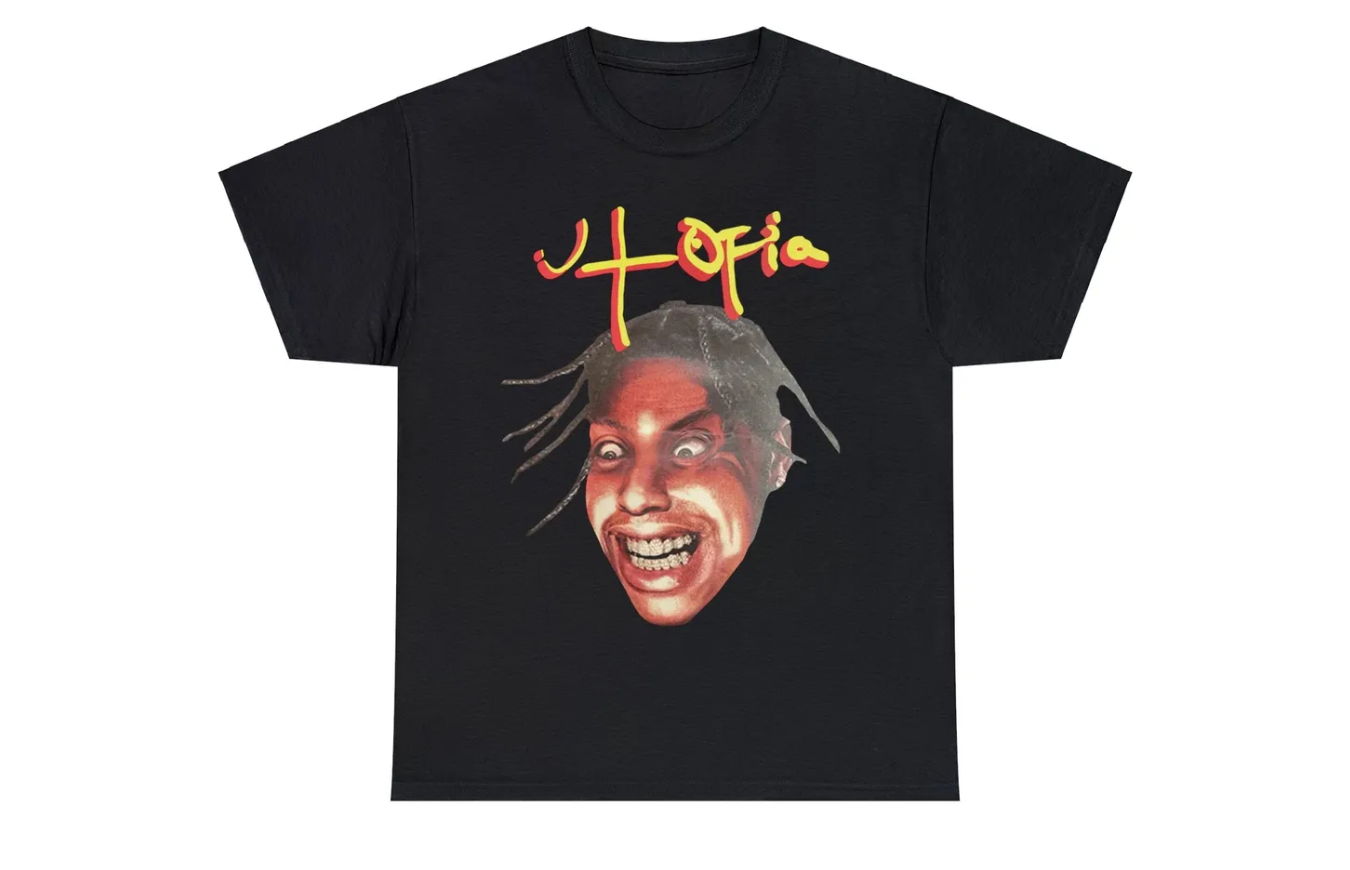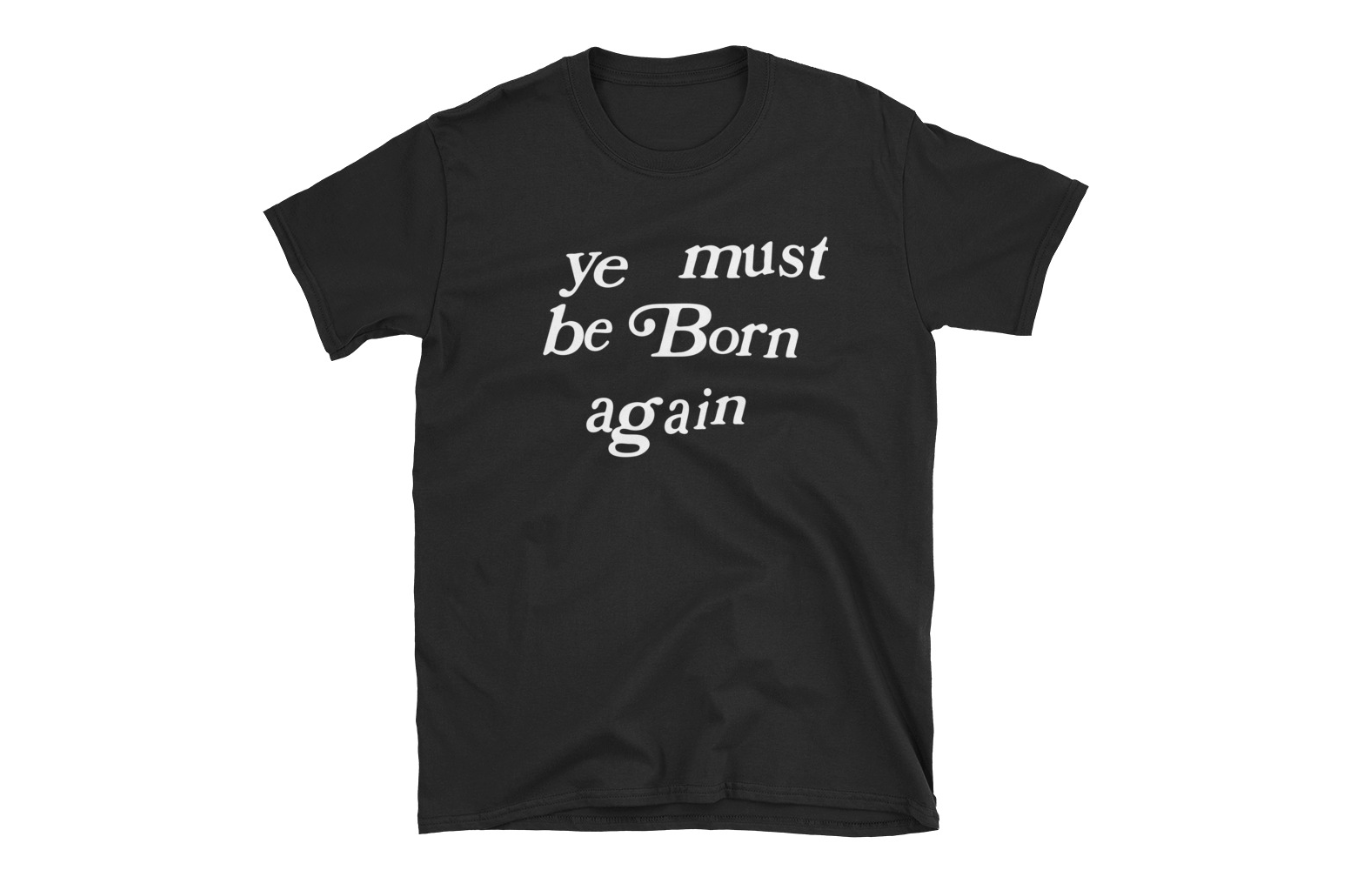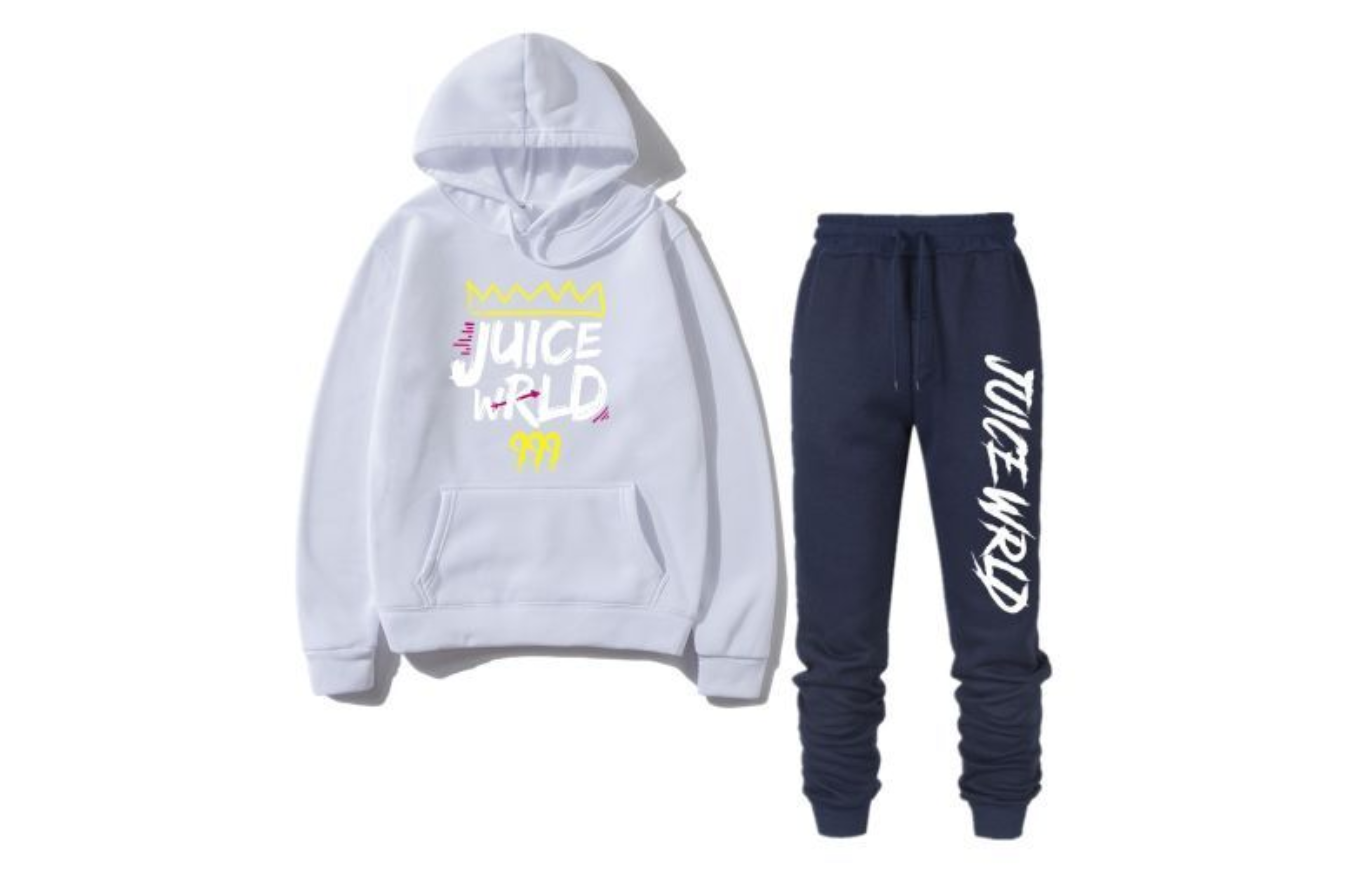Innovative & Iconic Brand Logo, a brand’s identity is its most valuable asset. One of the primary components of this identity is the brand logo. Over the years, logos have evolved from simple marks of ownership to powerful symbols representing a company’s ethos, values, and mission. This article delves into the intricacies of innovative and iconic brand logos, exploring their design principles, the psychology behind them, and their impact on consumer perception and business success.
Innovative & Iconic Brand Logo
A logo is more than just a graphic symbol; it is the face of a brand. It encapsulates the essence of a company in a simple, recognizable form. An effective logo conveys a brand’s identity at a glance, creating a lasting impression in the minds of consumers. The best logos are distinctive, memorable, and versatile, capable of standing the test of time and remaining relevant as the company evolves.
Key Elements of Iconic Logos
Simplicity
Simplicity is the cornerstone of iconic logo design. A simple logo is easily recognizable and can be reproduced across various mediums and sizes without losing its impact. Take the Nike Swoosh, for example. This minimalist design is instantly identifiable and evokes a sense of motion and speed, perfectly aligning with the brand’s athletic focus.
Memorability
An iconic logo should be memorable, leaving a lasting impression on those who see it. This is achieved through unique design elements and a clear, cohesive visual message. The Apple logo, with its clean lines and bitten apple silhouette, is a prime example of memorability. It is simple yet distinctive, making it easy to recall.
Timelessness
Trends come and go, but a truly iconic logo remains relevant over decades. Timelessness is achieved by avoiding overly complex designs and sticking to classic design principles. The Coca-Cola logo, with its elegant script font, has remained largely unchanged since its creation in 1886. This consistency has helped cement its place in the annals of iconic logos.
Versatility
A logo must be versatile enough to work across different platforms and applications, from business cards to billboards. This requires a design that looks good in black and white, as well as in color, and can be scaled up or down without losing clarity. The McDonald’s Golden Arches are a perfect example of a versatile logo, easily recognizable in various formats and settings.
Appropriateness
An effective logo should be appropriate for its intended audience and the nature of the business. It should convey the right message and align with the brand’s values and goals. The WWF panda logo, for instance, is fitting for an organization focused on wildlife conservation, using a gentle, approachable design to evoke empathy and support.
The Psychology Behind Logo Design
Understanding the psychology behind logo design can enhance its effectiveness. Different shapes, colors, and fonts can evoke specific emotions and associations in the minds of consumers.
Shapes
Circles and Ovals: These shapes are associated with harmony, unity, and stability. They can create a sense of community and inclusivity. Examples include the logos of Target and Starbucks.
Squares and Rectangles: These shapes convey strength, reliability, and professionalism. They suggest balance and order. Examples include the logos of Microsoft and American Express.
Triangles: Triangles can symbolize power, direction, and progress. They are dynamic shapes often associated with innovation and forward-thinking. Examples include the logos of Adidas and Delta Airlines.
Colors
Red: Red evokes excitement, passion, and urgency. It is a bold color that grabs attention and is often used in the food and entertainment industries. Examples include the logos of Coca-Cola and Netflix.
Blue: Blue is associated with trust, loyalty, and professionalism. It is a calming color often used by financial institutions and tech companies. Examples include the logos of IBM and Facebook.
Green: Green represents growth, health, and sustainability. It is commonly used by brands related to nature, wellness, and the environment. Examples include the logos of Starbucks and Whole Foods Market.
Yellow: Yellow evokes optimism, energy, and happiness. It is a vibrant color that grabs attention and is often used in the retail and fast-food industries. Examples include the logos of McDonald’s and Best Buy.
Black and White: Black conveys sophistication, luxury, and elegance, while white represents purity, simplicity, and clarity. Together, they create a timeless and classic look. Examples include the logos of Chanel and Nike.
Fonts
Serif Fonts: Serif fonts, with their small decorative lines, convey tradition, reliability, and respectability. They are often used by brands that want to emphasize their heritage and authority. Examples include the logos of The New York Times and Time magazine.
Sans-Serif Fonts: Sans-serif fonts, which lack the small decorative lines, convey modernity, simplicity, and clarity. They are often used by tech companies and brands that want to appear approachable and forward-thinking. Examples include the logos of Google and Airbnb.
Script Fonts: Script fonts, which resemble handwriting, convey elegance, creativity, and personal touch. They are often used by luxury brands and companies that want to evoke a sense of artistry. Examples include the logos of Coca-Cola and Cadillac.
Evolution of Iconic Logos
Even the most iconic logos undergo changes to stay relevant and reflect the brand’s evolution. These changes can be subtle or drastic, but the core essence of the logo usually remains intact.
Nike
The Nike Swoosh, designed by Carolyn Davidson in 1971, has seen minimal changes over the years. Originally accompanied by the brand name, the logo has become so recognizable that the name is no longer necessary. This evolution reflects Nike’s growth into a global brand.
Apple
The original Apple logo, designed by Ronald Wayne in 1976, depicted Sir Isaac Newton sitting under an apple tree. This complex design was soon replaced by Rob Janoff’s iconic bitten apple logo in 1977. Over the years, the logo has seen color changes, from rainbow stripes to monochrome, reflecting Apple’s shift towards simplicity and elegance.
Pepsi
Pepsi’s logo has undergone numerous transformations since its inception in 1898. The original script logo gave way to a more streamlined, circular design in the 1940s. The most recent redesign in 2008 introduced a modern, dynamic look with a globe-like icon, representing the brand’s global reach.
Case Studies of Iconic Logos
Coca-Cola
Coca-Cola’s logo is a masterclass in timeless design. Created by Frank Mason Robinson in 1886, the elegant script font has become synonymous with the brand. Despite minor tweaks over the years, the logo has remained largely unchanged, reinforcing the brand’s heritage and global recognition.
McDonald’s
The McDonald’s Golden Arches are one of the most recognizable symbols in the world. Introduced in 1961, the arches were initially part of the restaurant design. They were later incorporated into the logo, symbolizing a gateway to happiness and convenience. The logo’s simplicity and versatility have contributed to its enduring success.
Google’s logo has evolved from a colorful, playful design to a more refined, modern look. The original logo, created by Sergey Brin in 1998, used a standard font with drop shadows. In 2015, Google introduced a new sans-serif font and a simpler design, reflecting the company’s focus on innovation and user-friendliness.
The Role of Technology in Logo Design
Advancements in technology have revolutionized logo design, offering new tools and techniques for creating innovative and iconic logos.
Digital Design Tools
Software like Adobe Illustrator and Photoshop has made it easier for designers to create precise, scalable logos. These tools offer a range of features, from vector graphics to 3D effects, allowing for greater creativity and experimentation.
Artificial Intelligence
AI-powered design tools are becoming increasingly popular, enabling designers to generate logo ideas and refine designs based on user preferences and feedback. Platforms like Looka and Tailor Brands use AI algorithms to create custom logos, democratizing the design process.
Animation and Motion Graphics
Animated logos are gaining traction as brands seek to create dynamic, engaging visual identities. Motion graphics can bring logos to life, adding an extra layer of storytelling and interactivity. This trend is particularly prevalent in digital and social media platforms, where attention spans are short, and visual impact is crucial.
Future Trends in Logo Design
The world of logo design is constantly evolving, with new trends emerging to meet changing consumer preferences and technological advancements.
Minimalism
The trend towards minimalism shows no signs of slowing down. Simple, clean designs with minimal elements are favored for their versatility and ease of recognition. Brands like Airbnb and Uber have embraced minimalist logos, reflecting a broader shift towards simplicity and clarity in design.
Responsive Logos
As brands interact with consumers across a range of devices and platforms, responsive logos are becoming essential. These logos adapt to different screen sizes and contexts, ensuring consistent brand visibility. The responsive logo of The Whitney Museum of American Art is a prime example, with a flexible design that adjusts to various formats.
Hand-Drawn and Custom Typography
In an age of digital perfection, hand-drawn and custom typography logos are gaining popularity for their authenticity and uniqueness. These logos convey a personal touch and stand out in a sea of generic designs. Brands like Mailchimp and Ben & Jerry’s use custom typography to reflect their creative, approachable identities.
Sustainability and Eco-Friendly Design
As consumers become more environmentally conscious, brands are adopting logos that reflect their commitment to sustainability. Eco-friendly design elements, such as green colors and natural motifs, are being incorporated into logos to communicate a brand’s environmental values. The logo of the sustainability-focused brand, Beyond Meat, is an example of this trend.




Leave a Comment
Your email address will not be published. Required fields are marked *